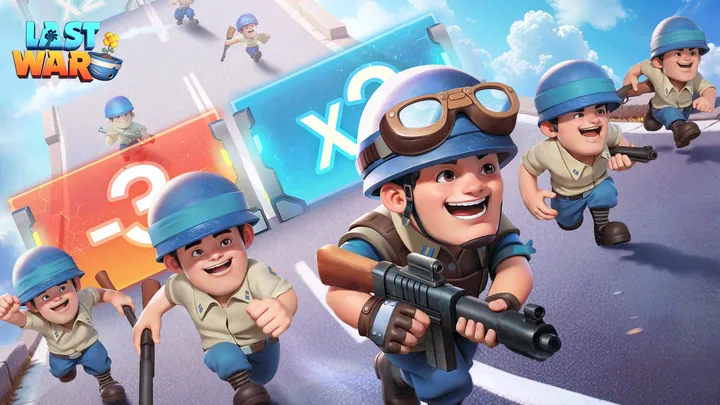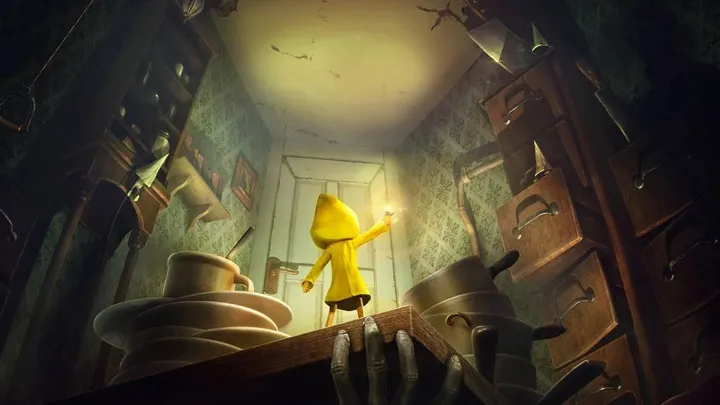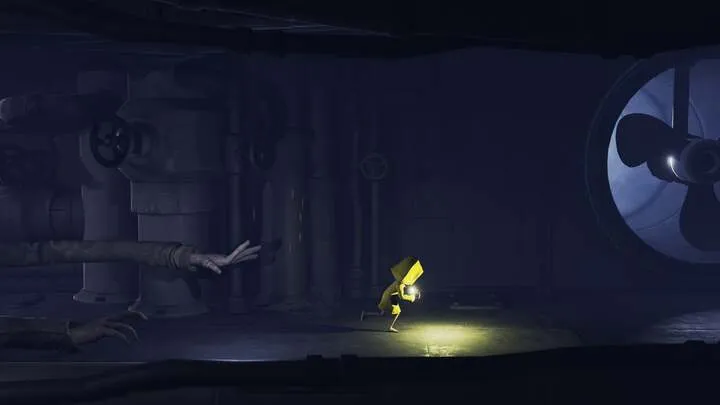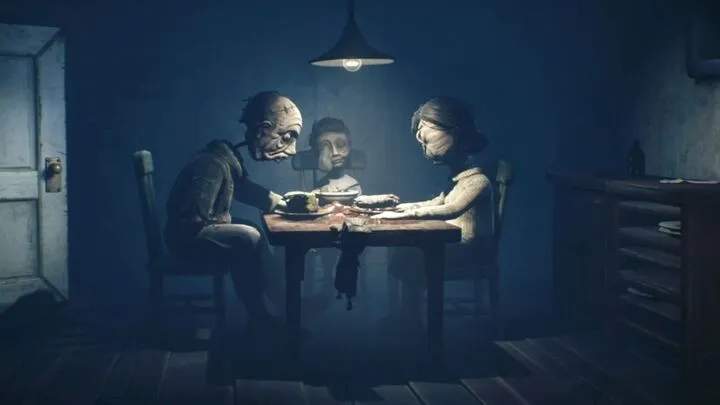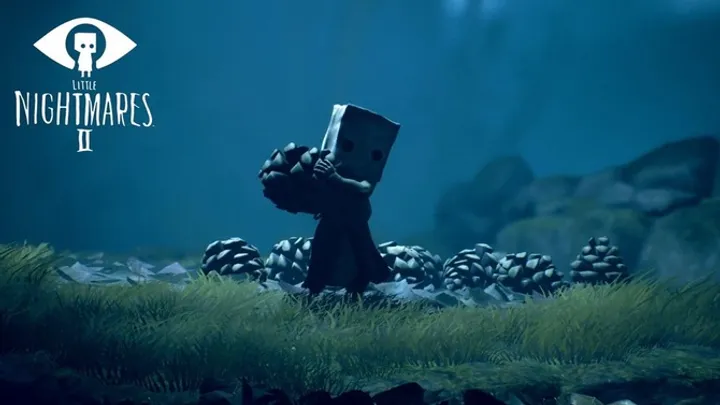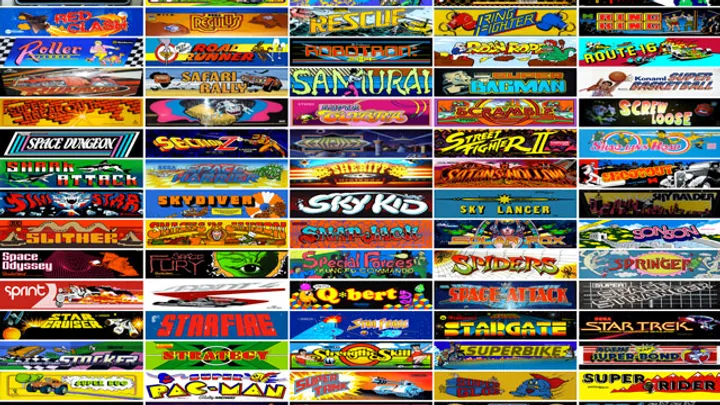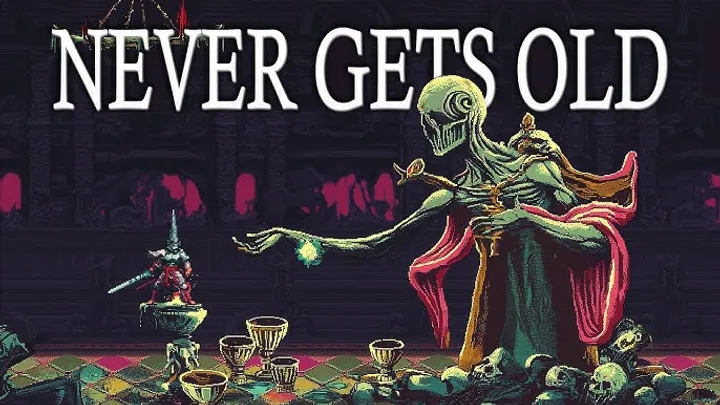Introduction: Timeless Pixels and Endless Fun
Gaming has evolved rapidly over the past few decades. From 8-bit sprites to 4K realism, the industry has seen a transformation unlike any other form of entertainment. Yet, despite the leaps in technology, there remains something undeniably magical about retro games. These classics, built on creativity and tight design rather than graphical power, continue to captivate players across generations.
Why do these old titles still hold up today? The answer lies in their simplicity, precision, and emotional resonance. Whether it’s the perfect jump arc in Super Mario Bros., the sense of dread in Metroid, or the satisfying exploration in The Legend of Zelda, these games remind us that great gameplay never goes out of style.
In this article, we’ll revisit ten retro games that have stood the test of time—titles that remain just as fun, challenging, and memorable now as they were decades ago. So grab your controller, plug in that nostalgia, and let’s dive in.
1. Super Mario Bros. (1985) – The Platforming Blueprint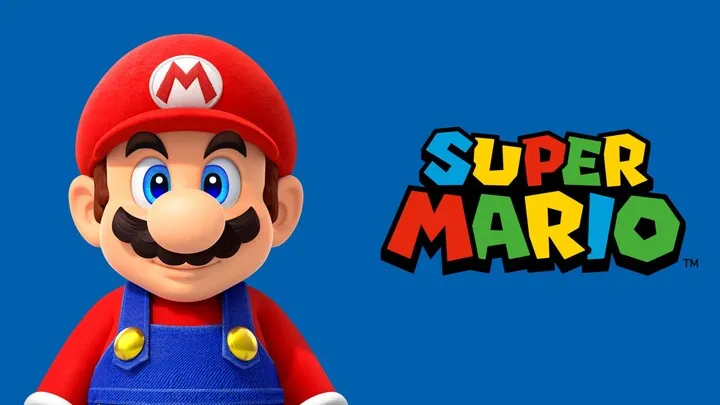
A Revolution in Simplicity
Super Mario Bros. isn’t just a classic—it’s the game that defined platformers as we know them. Released on the NES in 1985, it introduced millions of players to the joy of running, jumping, and exploring colorful worlds. Every pixel, every sound, and every enemy placement was designed with intention.
Why It Still Holds Up
The controls are near perfect—responsive, intuitive, and satisfying. Unlike many early titles that feel clunky today, Super Mario Bros. still plays like a dream. Its level design teaches players without ever using text, creating a natural learning curve that modern developers still study. It’s a timeless reminder that gameplay always comes first.
2. The Legend of Zelda (1986) – Adventure Without Limits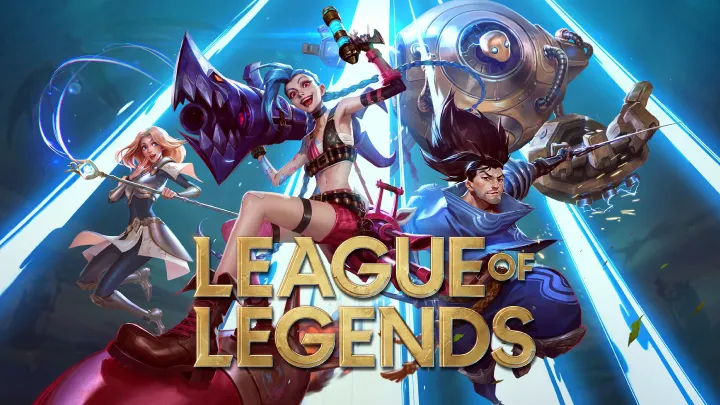
Freedom Before Open Worlds
Before “open-world” became a buzzword, The Legend of Zelda gave players a sprawling map to explore at their own pace. Its top-down perspective and cryptic clues encouraged experimentation, discovery, and perseverance.
Enduring Design Principles
Even today, the game’s sense of mystery and discovery feels fresh. Hidden dungeons, secret items, and challenging bosses create a rewarding feedback loop that keeps players engaged. Modern titles like Breath of the Wild owe their DNA to this 8-bit masterpiece. The Legend of Zelda proves that adventure is about curiosity, not graphics.
3. Tetris (1984) – Perfection in Puzzle Form
Mathematical Joy
Few games embody the phrase “easy to learn, hard to master” quite like Tetris. Designed by Alexey Pajitnov in the Soviet Union, this falling-block puzzle has conquered every platform imaginable—from Game Boy to smartphones.
Why It’s Immortal
Tetris transcends generations because of its pure, logical design. There are no characters, no story, just geometry and reflexes. The game stimulates both sides of the brain—logic and intuition—creating an almost meditative experience. Even today, modern versions like Tetris Effect continue to innovate while staying true to the original formula.
4. Pac-Man (1980) – The Chase That Never Ends
An Icon of Arcade Culture
When Pac-Man hit arcades in 1980, it changed everything. While other games focused on shooting or sports, Pac-Man introduced a universal concept—avoid, chase, and survive. Its maze design, colorful ghosts, and signature “waka-waka” sound became part of global culture.
Still Addictive Decades Later
The gameplay loop—simple yet strategic—remains timeless. You can hand Pac-Man to a child today, and they’ll instantly understand the objective. That accessibility, paired with its increasing difficulty curve, makes it endlessly replayable. It’s not nostalgia that keeps Pac-Man alive; it’s perfect design.
5. Sonic the Hedgehog (1991) – Speed and Attitude
The Blue Blur’s Timeless Charm
In the early ’90s, Sonic the Hedgehog became Sega’s bold answer to Nintendo’s Mario. With blistering speed, colorful graphics, and an iconic soundtrack, Sonic introduced attitude to platformers. Green Hill Zone remains one of gaming’s most memorable opening levels.
Why Sonic Still Works
Despite countless reboots, the original Sonic the Hedgehog remains a masterclass in momentum-based gameplay. Its physics, branching paths, and rhythmic flow reward skilled players. Even after 30 years, collecting rings and blasting through loops feels exhilarating. The simplicity of its design ensures it never grows old.
6. Street Fighter II (1991) – The Birth of Competitive Fighting
From Arcades to Esports
Street Fighter II didn’t just create a genre—it built a community. Released in 1991, it transformed arcades into arenas where skill, timing, and reflexes decided victory. Each character brought unique fighting styles and special moves, encouraging mastery and friendly rivalry.
Why It Still Dominates
Its balanced combat system and precise controls remain the foundation of modern fighters. Titles like Tekken and Mortal Kombat still owe their mechanics to Street Fighter II. The fact that competitive tournaments still feature it today speaks volumes about its timeless appeal.
7. Metroid (1986) – The Art of Isolation
A New Kind of Exploration
When Metroid arrived on the NES, it introduced something revolutionary—loneliness. Its eerie music, alien landscapes, and minimalist storytelling created a haunting atmosphere that set it apart from other action games. Players guided Samus Aran through an interconnected labyrinth filled with secrets and danger.
Why It Still Feels Fresh
The blend of exploration, backtracking, and power-up progression laid the foundation for the “Metroidvania” genre. Games like Hollow Knight and Ori and the Blind Forest still follow its formula. Metroid proves that emotion and atmosphere can transcend hardware limitations.
8. Castlevania: Symphony of the Night (1997) – Elegance in Motion
Defining a Genre
Although technically a later-era title, Castlevania: Symphony of the Night stands as one of the most influential retro games ever made. It redefined action-platformers with RPG elements, open exploration, and non-linear progression.
Why It’s Still Brilliant
Its elegant animations, gothic art style, and haunting soundtrack hold up even by modern standards. Alucard’s journey through Dracula’s castle remains one of gaming’s most atmospheric experiences. Few games achieve such balance between challenge, discovery, and artistry.
9. Chrono Trigger (1995) – Time Travel Perfection
A Masterpiece of Story and Gameplay
Developed by Square’s “Dream Team” (including creators of Final Fantasy and Dragon Quest), Chrono Trigger is often hailed as one of the greatest RPGs ever made. Its time-traveling story, lovable characters, and innovative battle system remain unmatched.
Why It’s Still Legendary
Unlike many RPGs of its era, Chrono Trigger avoids grind-heavy pacing. Its multiple endings encourage replayability, and its emotional story continues to resonate with new generations. The pixel art and soundtrack by Yasunori Mitsuda remain iconic. It’s not just a game—it’s an experience that transcends time.
10. Super Metroid (1994) – The Pinnacle of Exploration
The Perfect Sequel
If the original Metroid introduced exploration, Super Metroid perfected it. Released on the SNES, it expanded every aspect—controls, map design, storytelling, and atmosphere. The game’s opening sequence, silent yet powerful, set a tone of mystery and melancholy.
Why It Still Sets the Standard
Modern developers cite Super Metroid as a template for world-building and level design. Its pacing, interconnected areas, and hidden upgrades reward curiosity and persistence. Even after decades, it remains one of the best examples of how to build immersion through gameplay alone.
Conclusion: Nostalgia Is Only Half the Story
Retro games endure not because they’re old, but because they’re timeless. Their creators worked within strict limitations, forcing innovation, precision, and imagination. These games remind us that great design is about clarity of vision—not technology.
In a world of cinematic AAA titles, revisiting classics like Super Mario Bros., Tetris, or Chrono Trigger feels refreshing. They reconnect us with the essence of gaming: learning, mastering, and achieving satisfaction through pure interaction. As long as players crave challenge, creativity, and heart, these retro masterpieces will continue to shine brightly—pixels and all.








